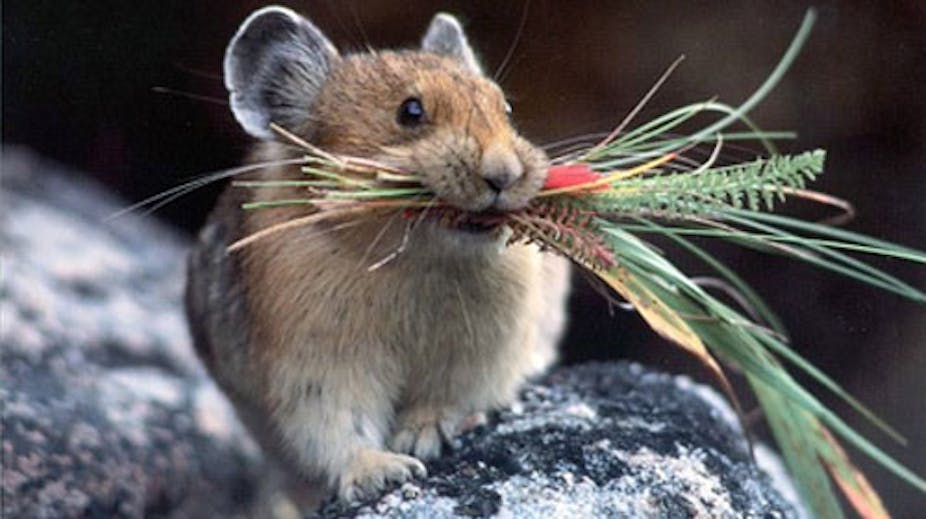We currently face a biodiversity and extinction crisis as human population pressures and climate change combine to push our natural environments to the limit.
Because our urban and agricultural activities have fragmented landscapes – by clearing forests for farmland, for example – organisms can no longer simply migrate from one environmental niche to another as climatic conditions are altered.
Could the rapid evolution of species come to the rescue? In other words, could evolution help species to keep up with climate and other changes? And what if we humans helped to push that evolution along?
Until now, this issue has been almost completely ignored in environmental management and conservation strategies. This is strange, given evolutionary change is the fundamental process that underlies all of biodiversity.
Information collected by biologists in the past few decades indicates evolutionary change is much more rapid than was previously appreciated. Data from insects, small mammals, birds, annual plants and fish highlight rapid adaptation over a few years to a whole range of selection pressures including chemicals, competitors, predators, diseases and climate.
These evolutionary changes can have a huge impact on the size and fitness of populations and also large flow-on effects to the entire ecological community. For instance, birds exposed to drought stress can evolve in their size to allow them to exploit different food sources that become important under dry conditions. This evolutionary change then influences plant populations as well as the birds to survive the dry conditions.
There is also a lot of new information indicating that a variety of plants and animals have evolved and adapted to different environments in the past. We can see this when we compare plants and animals from different environments at different altitudes in mountainous areas, or where aridity increases as we move from the coast to the interior of Australia. These changes are called “gradients”.
Populations have often evolved to become genetically different along these gradients. The genetic changes can be quite dramatic too, to the extent that populations surviving well in one part of the gradient may fail to survive in another part. We have seen this for instance in grasses from different elevations in Victoria’s Alps region.
In some cases, the genes and genetic processes underlying evolution have been identified. Even a single gene out of many thousands carried by an organism can be responsible for a large adaptive shift in behaviour, physiology and reproduction.
For instance, changes in a single gene are known to influence the activity of butterflies at different temperatures. In other cases the genetic changes required can be quite complex; temperature adaptation in particular may involve the combined effects of tens of genes.
Using this knowledge, we humans can have an impact on evolutionary rates by moving species around the landscape. Once new species are introduced, selection can ensure that those that are well-adapted will persist. This could improve the potential of populations and species to survive as climate change causes them to move.
Professor Hoffmann is presenting a public lecture at RMIT University on Wednesday November 30 addressing the question: “Can rapid evolution save biodiversity?”. For more information, download the event flyer.

